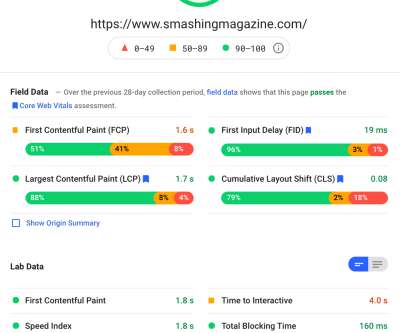Towards a Reliable Device Management Platform
The Netflix TechBlog
AUGUST 30, 2021
Complementing the hardware is the software on the RAE and in the cloud, and bridging the software on both ends is a bi-directional control plane. When a new hardware device is connected, the Local Registry detects and collects a set of information about it, such as networking information and ESN.


















Let's personalize your content